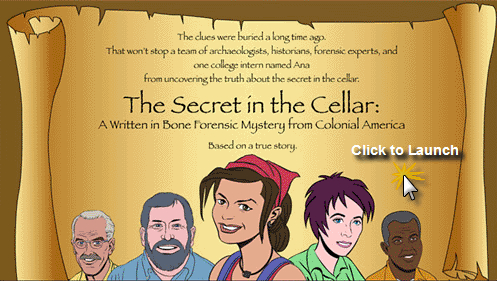
Image via Wikipedia
The library at the University of Nebraska, Lincoln has posted a collection of digitized government comics and related material. There are about 180 freely-downloadable PDFs available, on topics ranging from health and human services to military training and recruitment.
Among my favorite is a 1951 AIr Force publication explaining psychological warfare entitled “Bullets? Or Words?” and illustrated by Milton Caniff, a comic-strip artist who gave us the syndicated comic strips “Terry and the Pirates” and “Steve Canyon”.
In fashioning new psychological weapons, it is necessary to base them on sound scientific principles and an understanding of psychology, cultural anthropology, sociology and other allied fields of knowledge.
Indeed.
I’m also a fan of "Bert the Turtle Says Duck and Cover", which offers immensely useful and reassuring advice on what to do in case of a nuclear bomb explosion. “There is always something to shelter you – indoors, a schol desk, a chair, a table.” Funny how they left out lead-lined iceboxes, but perhaps the authors felt that went without saying.
Related material includes briefs for the artists and authors, as well as government reports on the impact of comics, such as the US Senate’s 1955 “Comic Books and Juvenile Delinquency: Interim Report”. If you remember your history (or have read Michael Chabon’s Kavalier and Clay) you’ll remember that the mid-‘50s saw a witch-hunt launched against comic book publishers and authors every bit as intense as the one launched against Hollywood, with comic books accused of promoting delinquent and violent behavior as well as homosexuality and anti-Americanism.
Although my interest is more sparked by the Cold War-era material, the collection dates up to the last decade, offering an interesting lens through which to view the last 6 decades or so of US culture and of the US government’s relations with its subjects.
